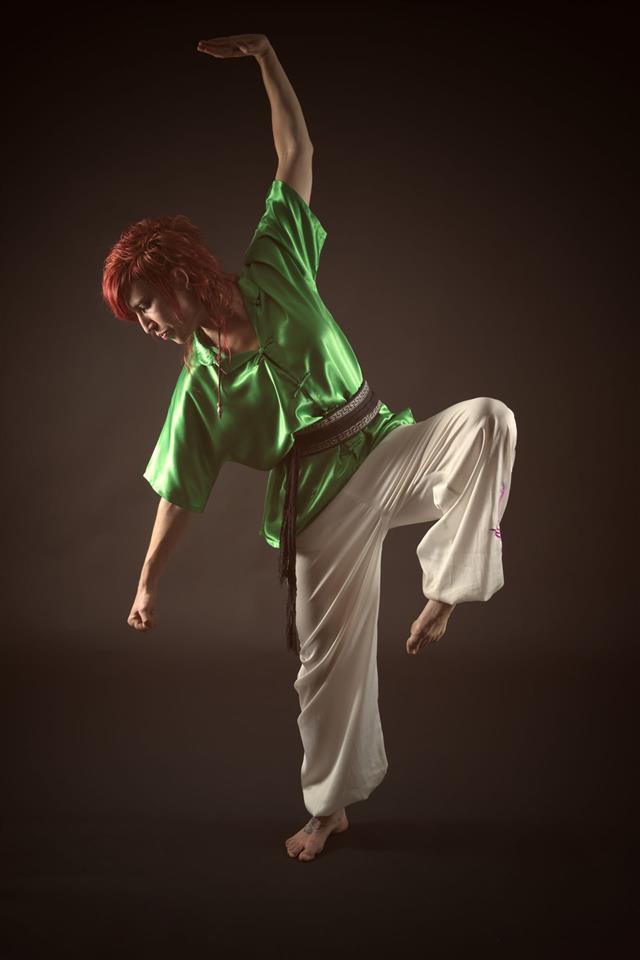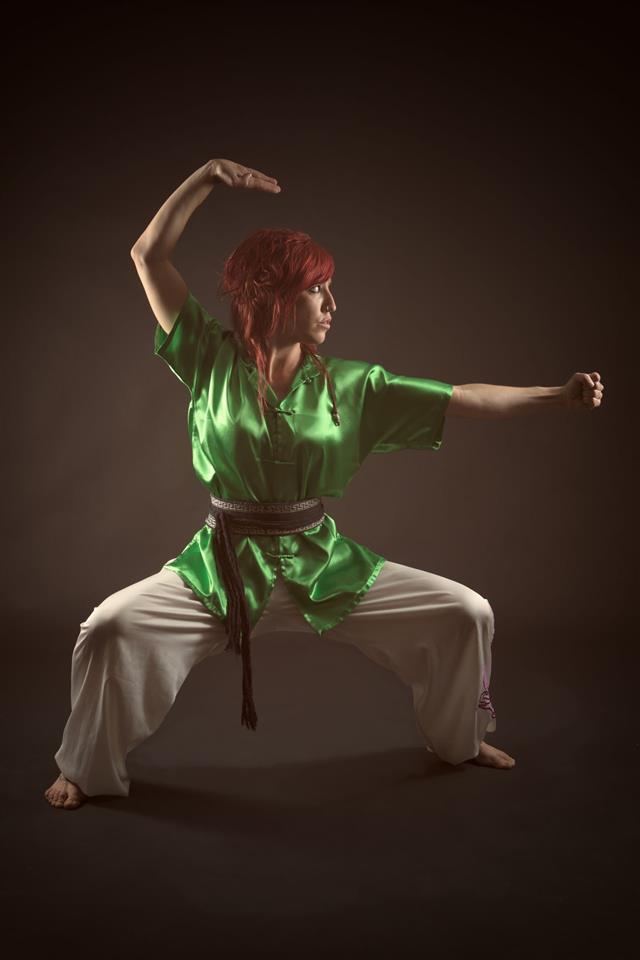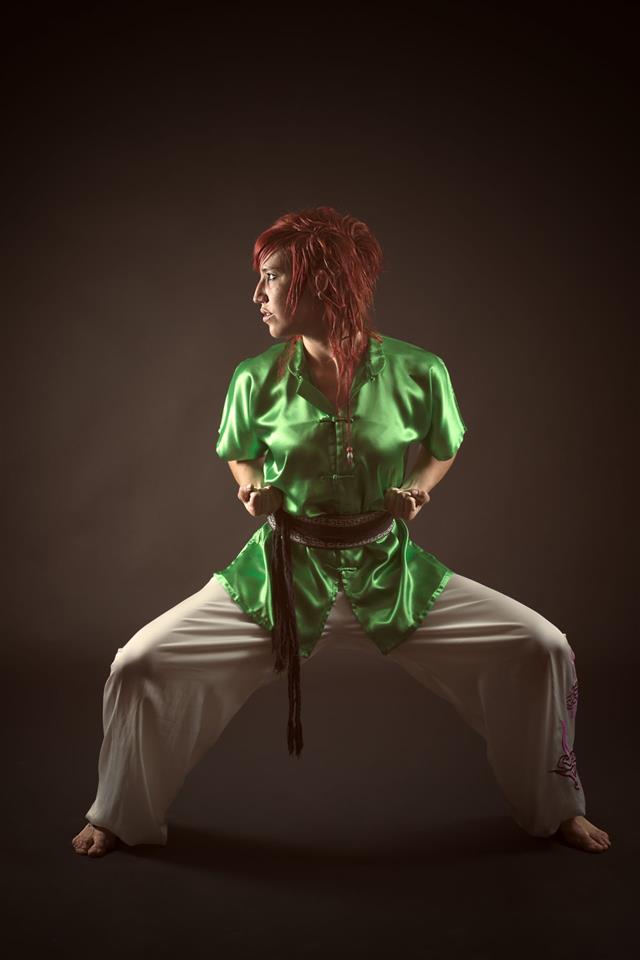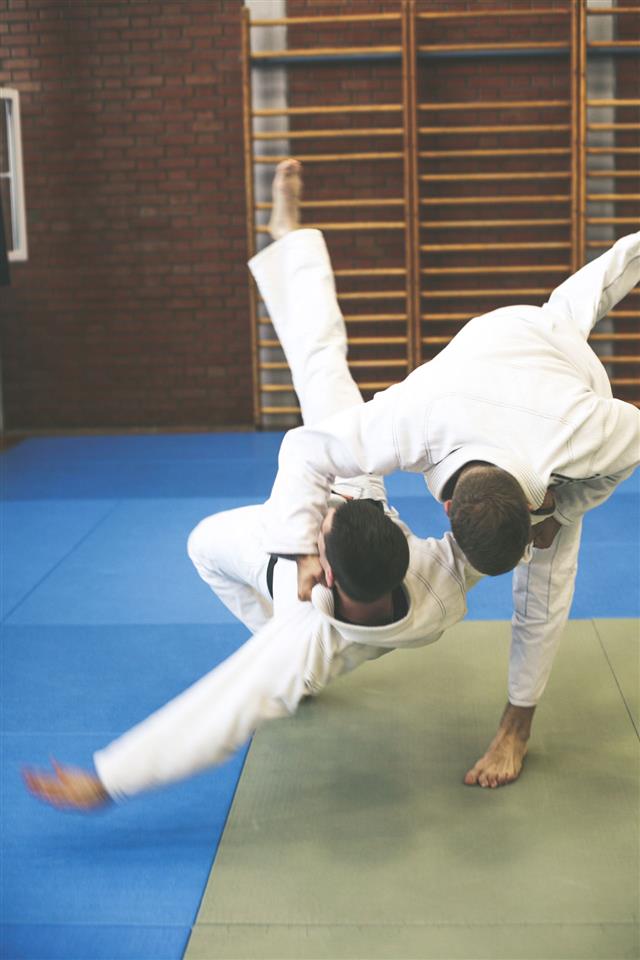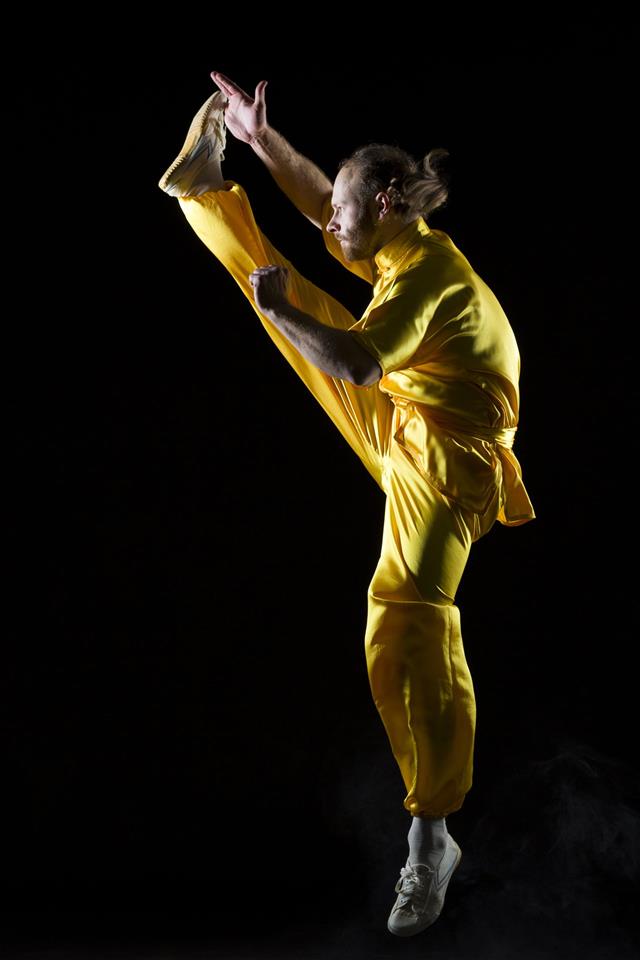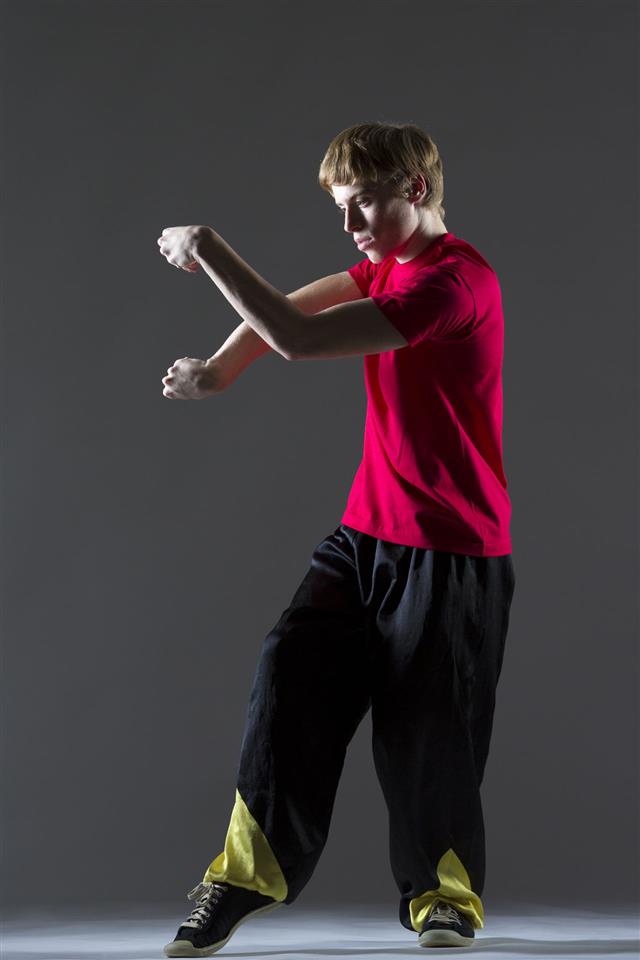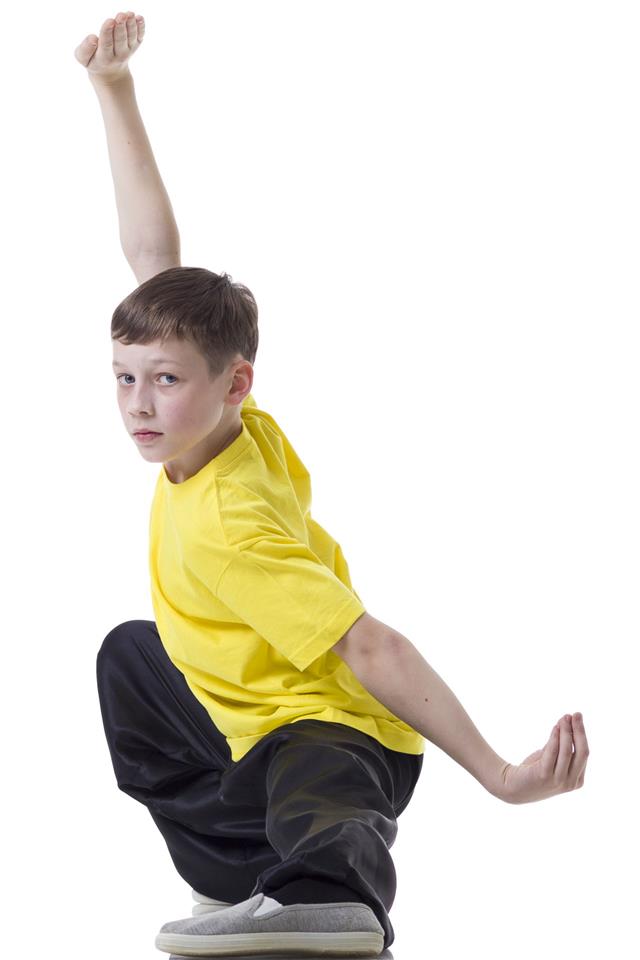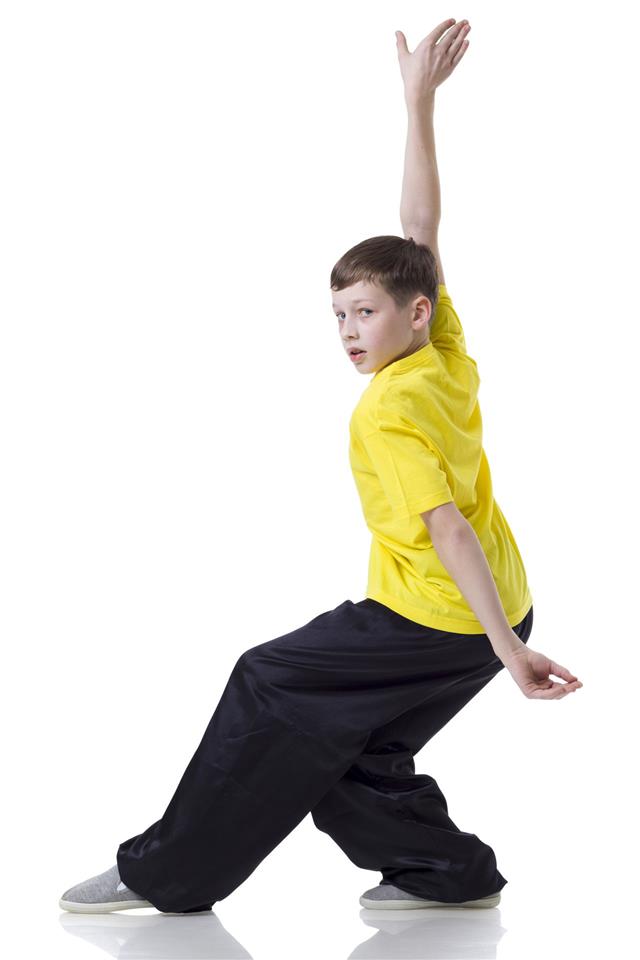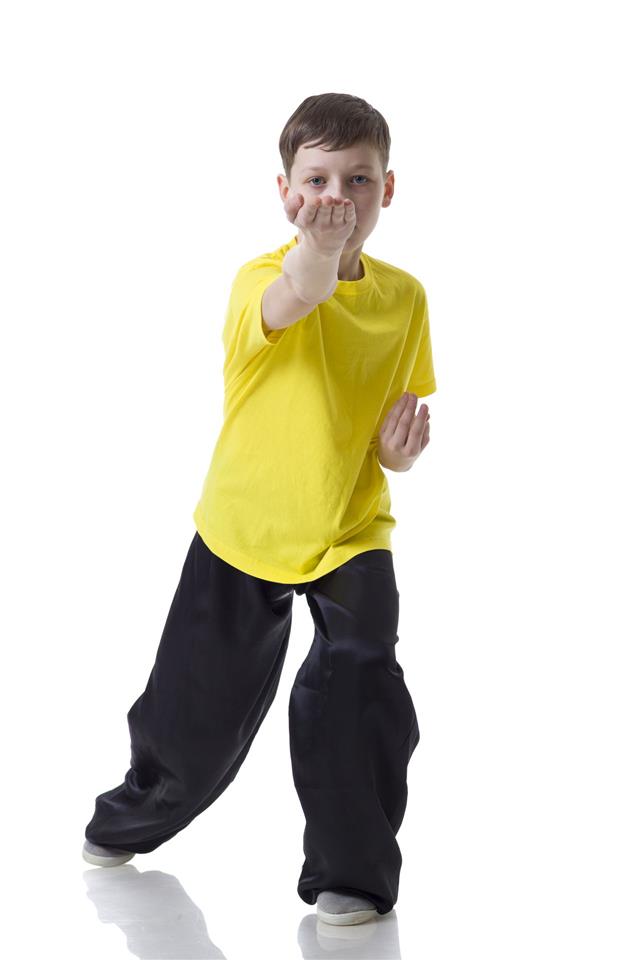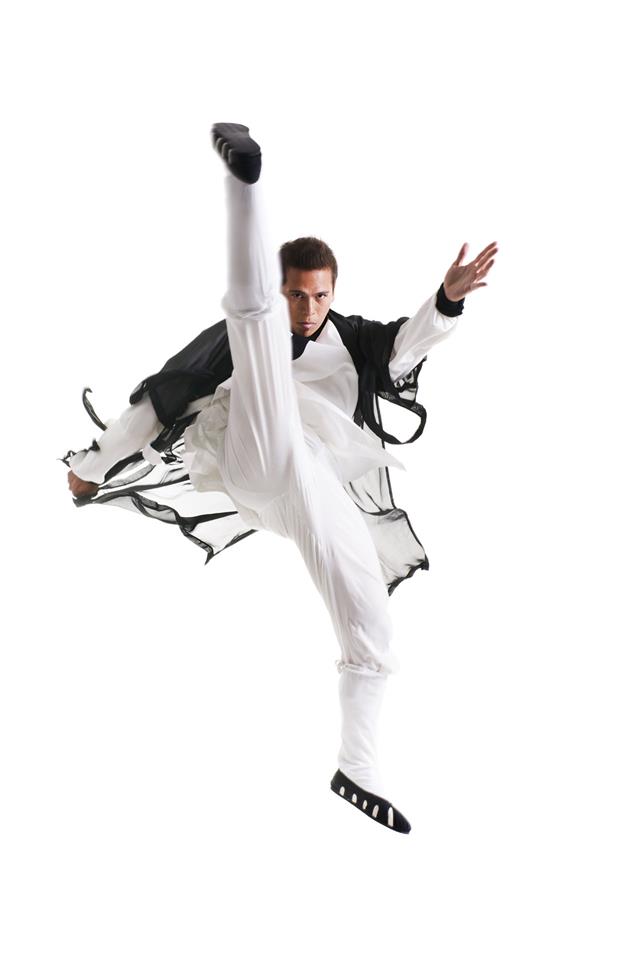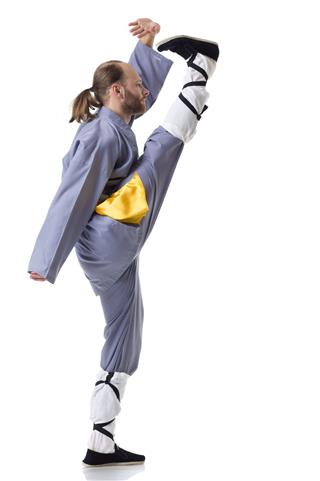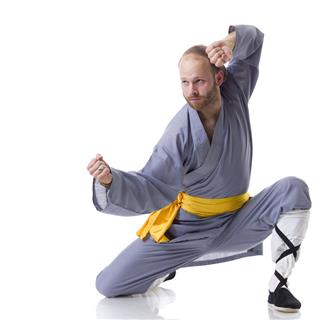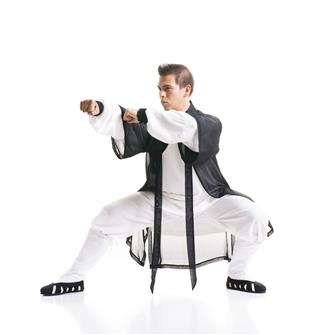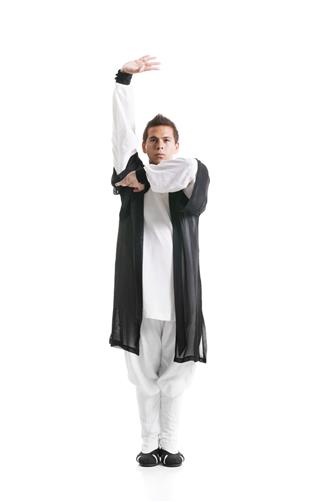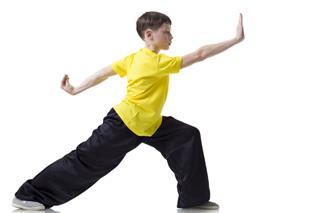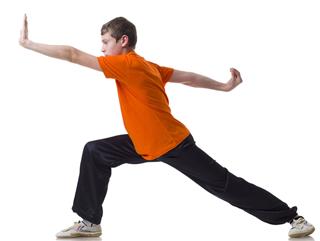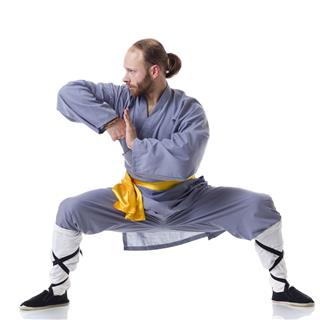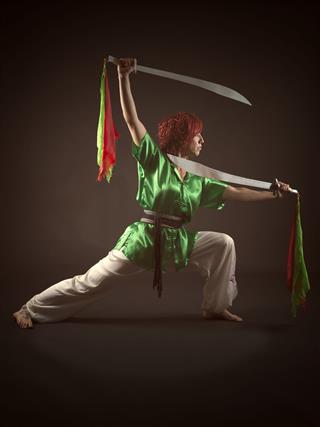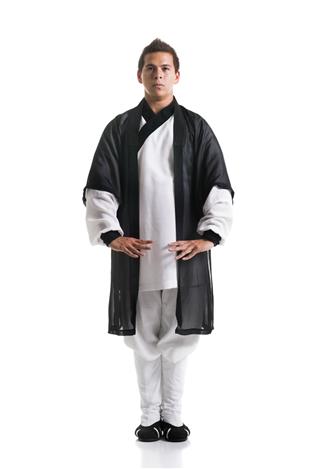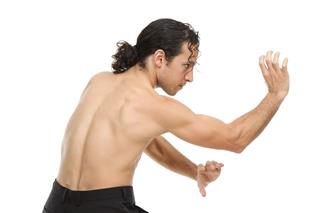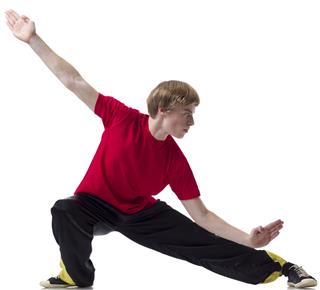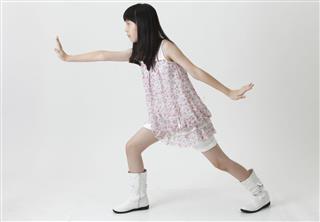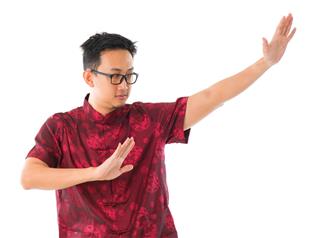
In Shaolin Kung Fu, the main principle is to keep the opponents from attacking and disabling them by blowing your own strikes.
What’s it all about?
The ideology behind Shaolin Kung Fu is to find a balance between your body, mind, and spirit. And the only way to do so is by being a humble, wise, courageous, kind, and compassionate individual.
When we talk about Shaolin Kung Fu what we’re actually discussing are the Chinese martial arts styles that originated with and still symbolize the Shaolin monks and monastery. It is a wide-spread and well-developed technical system which includes a series of attack, defense, and wresting moves.
Today, the Shaolin style has modified and accepted a variety of substyles and names, making it more theatrical and aesthetically pleasing than previously practiced. However, there are many masters across the world who are keeping the original kung fu devised by the monks intact.
Popular Shaolin Kung Fu Styles
There are hundreds of styles in Shaolin kung fu practiced till date. Primarily, it requires a variety of striking movements that includes kicks, blocks, and punches to stop an opponent. Using different types of open- and closed-handed hard and soft striking styles, an individual can defend himself/herself against the attacker.
● Hard technique – using your force to meet the attacker’s force.
● Soft technique – using the attacker’s strength against him/her.
Different levels of kicks and wide stances that are used in the Shaolin style
Flood style or hong quan
● da hong quan – Big flood fist
● xiao hong quan – Little red fist
Explosive style or pao quan
● da pao quan – Big cannon fist
● xiao pao quan – Small cannon fist
Through-the-Arms style (Through the back fist) or tong bi quan
- Arhat’s 18 hands or luohan shi ba shou
- 7-star & Long Guard the Heart and Mind Gate style (Forever preserve the heart-mind link/door) or qi xing & chang hu xin yi men quan
- Plum Flower Fist (Plum Blossom style) or Mei hua quan
- Facing & Bright Sun style or chao & zhao yang quan
- Vajrapani style or jin gang quan
- Emperor’s Long-range style or tai zu chang quan
- Guard the Home kan jia quan
- Chain Hands and Short-range combat or lian shou duan da
- 5 Combinations style or wu he quan
- 6 Harmonies Fist (6-Match style) or liu he quan
- Soft style or rou quan
- Confusing Path style or mi zong quan
- Imitative styles or xiang xing quan along with Dragon, Tiger, Leopard, Eagle, Monkey, Mantis, and other animal styles
- Drunken style or zui quan
In any type of martial arts training, you are taught the moves as and when you progress through the program. Agility, flexibility, strength, endurance, and dedication are extremely important factors in learning any martial arts styles.
